Belarus: Opposition calls for a day of solidarity on anniversary of major arrest
Sviatlana Tsikhanouskaya's husband was arrested one year ago, now she has called for a global day of solidarity. She also highlighted the plight of detained blogger Raman Pratasevich.
The Belarussian opposition has called for a day of global solidarity with political prisoners detained by the country's authoritarian government
Belarussian opposition leader Sviatlana Tsikhanouskaya called for a demonstration of global solidarity with political prisoners in Belarus on Saturday, the one-year anniversary of her husband's arrest.
Tsikhanouskaya made the call from Lithuania where she has been living in exile since the outbreak of the large-scale protest movement against President Alexander Lukashenko following his widely rejected electoral victory last August.
Tsikhanouskaya took center stage in the opposition movement after her husband Sergei Tsikhanousky, who had planned to run against Lukashenko, was arrested last May.
Watch video00:45
'Lukashenko has crossed a line': Sviatlana Tsikhanouskaya
Tsikhanouskaya announced the "Global Picket of Solidarity with Belarus" with a video shared on social media.
She asked people to take part in events to raise awareness about the fate of repression of political prisoners in Belarus, specifically naming the anti-government blogger Raman Pratasevich who was detained along with his girlfriend Sofia Sapega almost a week ago after his flight from Greece to Lithuania was forced to land in Minsk.
Tsikhanouskaya said in her video that the arrest of her husband had "sparked the wave of peaceful protests and solidarity chains across the country."
"That is when the harshest repressions in the modern history of Belarus started," she added.
Why is the Belarussian opposition calling for protests?
According to official results, Lukashenko won last August's presidential elections, but these have been broadly condemned as rigged. The US and EU no longer recognize Lukashenko as the country's legitimate leader.
The popular pro-democracy protests against the government were harshly put down, but the arrest of Pratasevich has brought the world's attention back to the eastern European country.
The EU and US have said they will impose sanctions in the wake of the blogger's arrest. The incident has also once again increased tensions between the EU and Russia, who support Lukashenko's presidency.
Belarussian authorities also raided the offices of the country's largest online news portal Tut.by earlier in the month. The site was shut down and investigators opened legal cases against several reporters.
Issued on: 29/05/2021

Belarus's exiled opposition leader vowed Saturday to persist fighting the country's authoritarian regime despite intensifying repression that was thrown into high relief a week ago by the diversion of a commercial airliner and the arrest of a dissident journalist who was aboard
“We are here today to express our determination to continue the struggle for freedom. We will not back down,” Sviatlana Tsikhanouskaya said at a rally of about 150 demonstrators in the capital of Lithuania. Along with Tsikhanouskaya, thousands of Belarusians have fled to Lithuania since authorities escalated a harsh crackdown on dissent last year.
Many other Belarusians have fled to Ukraine. About 100 of them rallied in Kyiv to denounce President Alexander Lukashenko, whose repression of opposition intensified after massive protests arose following an allegedly manipulated August election that gave him a sixth term in office.
“A North Korea is being built step by step” in Belarus, protester Syarhey Bulba said in the Ukrainian capital.
The diversion of the Ryanair flight and the arrest of 26-year-old Raman Pratasevich and his girlfriend last Sunday epitomized Lukashenko's harsh rule. Belarusian authorities said the plane was ordered to land in Minsk, accompanied by a fighter jet, because of a bomb threat received while it was en route from Athens to Vilnius.
Western countries have denounced the move as a hijacking and demanded freedom for Pratasevich. a founder of a messaging app channel that was widely used to coordinate protests against Lukashenko. He faces a potential prison term of 15 years.
The European Union has banned flights from Belarus in response. The long-term impact of that move is not clear, but many fear that it could drive Belarus into closer relations with Russia, which has dismissed criticism of the plane's diversion. Lukashenko met with Russian President Vladimir Putin on Friday and Saturday.
“From our point of view, the situation requires a thoughtful and constructive examination without hasty conclusions," Kremlin spokesman Dmitry Peskov told journalists on Saturday. "But this cascade of hasty conclusions, which were made by European capitals and in Brussels, rather suggests that this approach is not based on an attempt to really clarify the circumstances, but is based solely on emotions.”
Many observers warn that tougher EU sanctions would make Lukashenko easy prey for the Kremlin, which may use his isolation to push for closer integration. Some in the West have even alleged Russia was involved in the flight diversion — something Moscow angrily denies — and will seek to exploit the fallout.
The demonstrations on Saturday also marked the one-year anniversary of the arrest of Tsikhanouskaya's husband, Syarhey Tsikhanousky, a popular blogger and activist who had planned to challenge Lukashenko in last year's election but was arrested after a scuffle at a campaign rally that reportedly injured a police office. Tsikhanouskaya ran against Lukashenko in her husband's place.
The protesters in Ukraine beat a portrait of Lukashenko with slippers, an echo of the slogan “Smash the cockroach” popularized by Tsikhanousky,
Daily newsletterReceive essential international news every morningSubscribe
Last year's protests in Belarus, some of which attracted as many as 200,000 people, arose after the country's Aug. 9 presidential election, in which officials said Lukashenko, who has run the country since 1994, got 80% of the vote. Protests alleging the election results were manipulated immediately broke out, and Tsikhanouskaya fled to Lithuania.
The protests continued for months, a significant challenge to Lukashenko. Police cracked down harshly on the protests, arresting more than 30,000 people and beating many of them.
Although the protests died down over the winter, authorities have continued wide-ranging repression of opposition. The Vyasna human rights organization in Belarus said a bicyclist who was arrested at a race that officials deemed an unauthorized gathering has been charged with insulting the president for wearing a T-shirt denouncing dictatorship. The charge carries a possible 2-year prison term.
In the Belarusian capital, Minsk, several dozen people made a small show of defiance Saturday by marching down a main street carrying opposition banners.
(AP)
Issued on: 29/05/2021 -

Natalia and Dmitry Protasevich, parents of the Belarusian journalist held in Minsk, joined protesters in Warsaw Wojtek RADWANSKI AFP
Warsaw (AFP)
Hundreds of people in Warsaw on Saturday rallied in support of the Belarusian opposition, days after the regime in Minsk diverted a European passenger plane and arrested a dissident journalist onboard.
Among those at the rally were the Poland-based parents of the detained journalist, 26-year-old Roman Protasevich.
"I'm calling on all EU countries and the US to please help us free Roman and (his girlfriend) Sofia, as well as everyone else imprisoned," his mother Natalia Protasevich said at the rally.
"We want to live in a free country, in a country where everyone has the right to express his beliefs," his father Dmitry added.
The crowd chanted "Long live Belarus" and held up the opposition's red and white flag as well as signs with slogans such as "Help Belarus," "Freedom for Belarus" and "North Korea in the Middle of Europe".
Protasevich and his girlfriend Sofia Sapega, 23, were arrested on Sunday after Belarus scrambled a military jet to divert the Ryanair plane they were travelling on.
Protasevich's parents said their son looked like he had been beaten in a video later released by Belarusian authorities.
The forced landing triggered a global outcry. The EU has banned Belarusian airlines, urged EU airlines not to cross Belarusian airspace and threatened tough economic sanctions on President Alexander Lukashenko's Kremlin-backed regime.
"Things look really bad now. That's why we need to do something, show those fighting back home that they're not alone," said Natallia Burak, a 35-year-old Belarusian living in Warsaw.
"I have a lot of hope now that Europe will help us, because it's hard to fight against a regime that has everything, that has power, whereas here we are just armed with flags," the saleswoman told AFP.
"As a Belarusian, we see a lot of wild and outrageous things. You know, that same week there was a person killed in prison," said another Warsaw rally attendee, 38-year-old software engineer Alexey.
On Wednesday, Lukashenko said he had "acted lawfully to protect our people" from an alleged bomb threat on the plane.
Often dubbed "Europe's last dictator", Lukashenko has retained his nearly three-decade-long grip on power by hounding opponents, jailing and allegedly torturing dissidents, and muzzling independent media.
He and his allies are already under a series of Western sanctions over a crackdown on protests after his disputed re-election to a sixth term last August.
His opponents say the polls were rigged and that political novice Svetlana Tikhanovskaya, who ran in place of her jailed husband, was the true winner.
She was due to attend a rally in solidarity with Belarus in the Lithuanian capital Vilnius on Saturday.
© 2021 AF
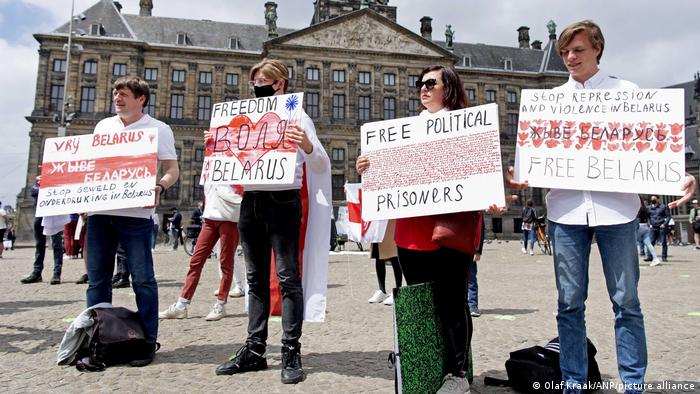


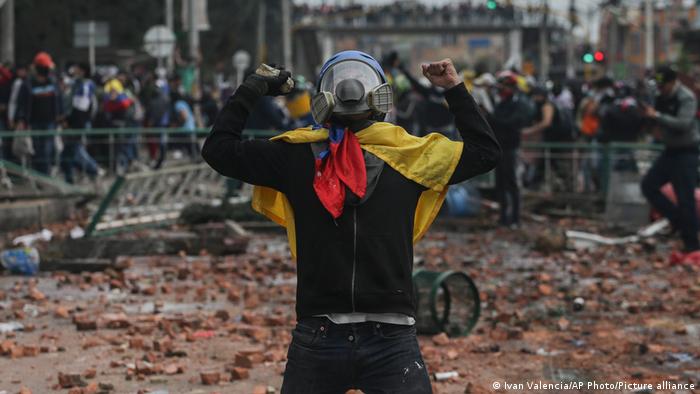
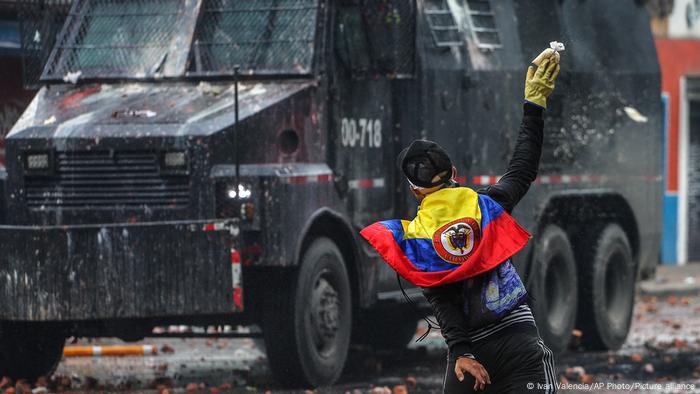

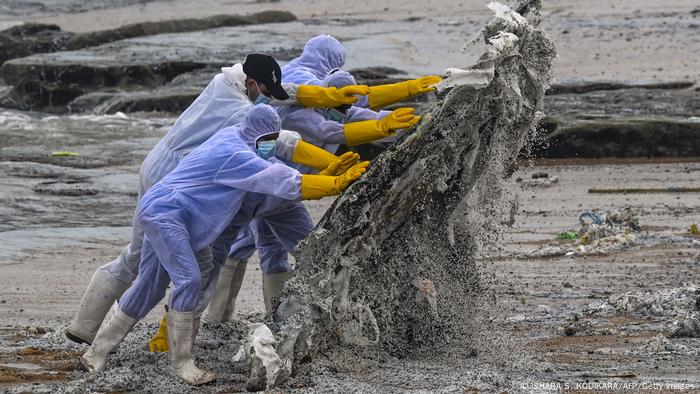

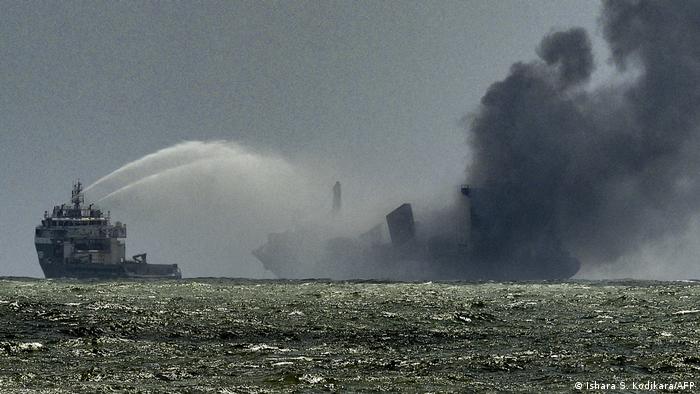
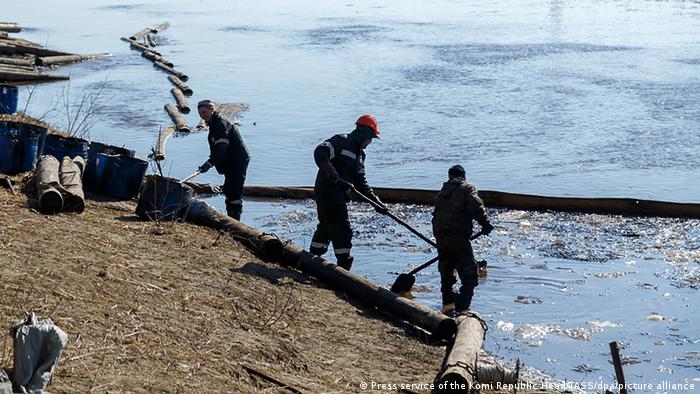

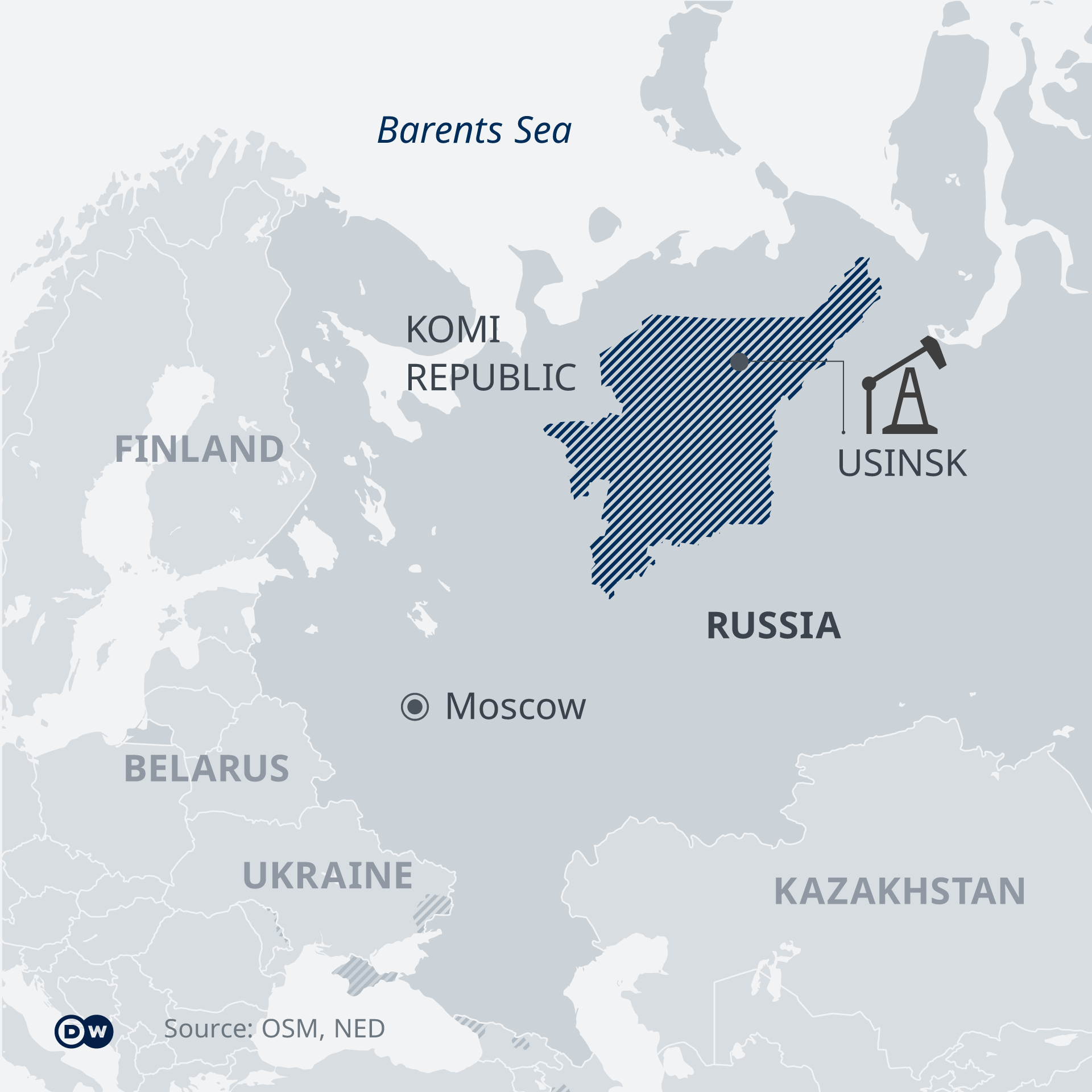




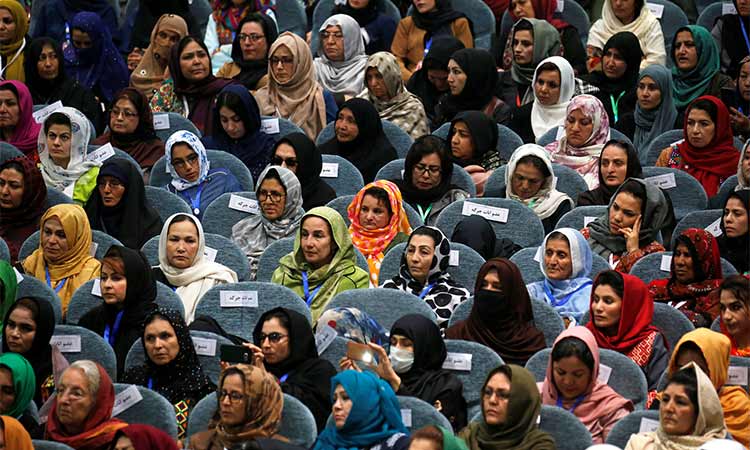
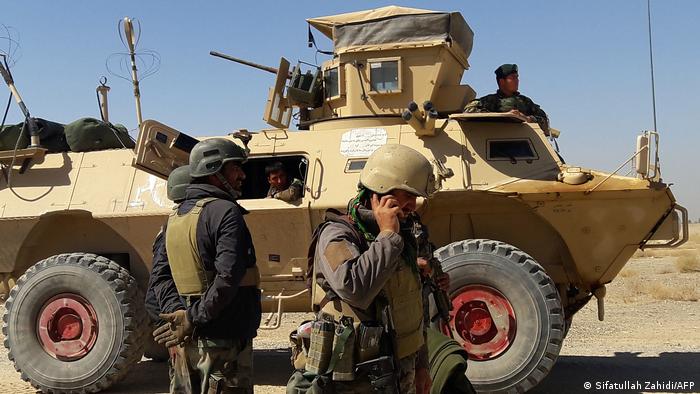

![The Kamloops Indian Residential School, founded in 1890, became the largest school in the residential school system with enrollment peaking in the early 1950s at 500 Indigenous children [Library and Archives Canada/Handout via Reuters]](https://www.aljazeera.com/wp-content/uploads/2021/05/2021-05-28T193218Z_984968049_RC28EL7YA40A_.jpg?resize=770%2C513)